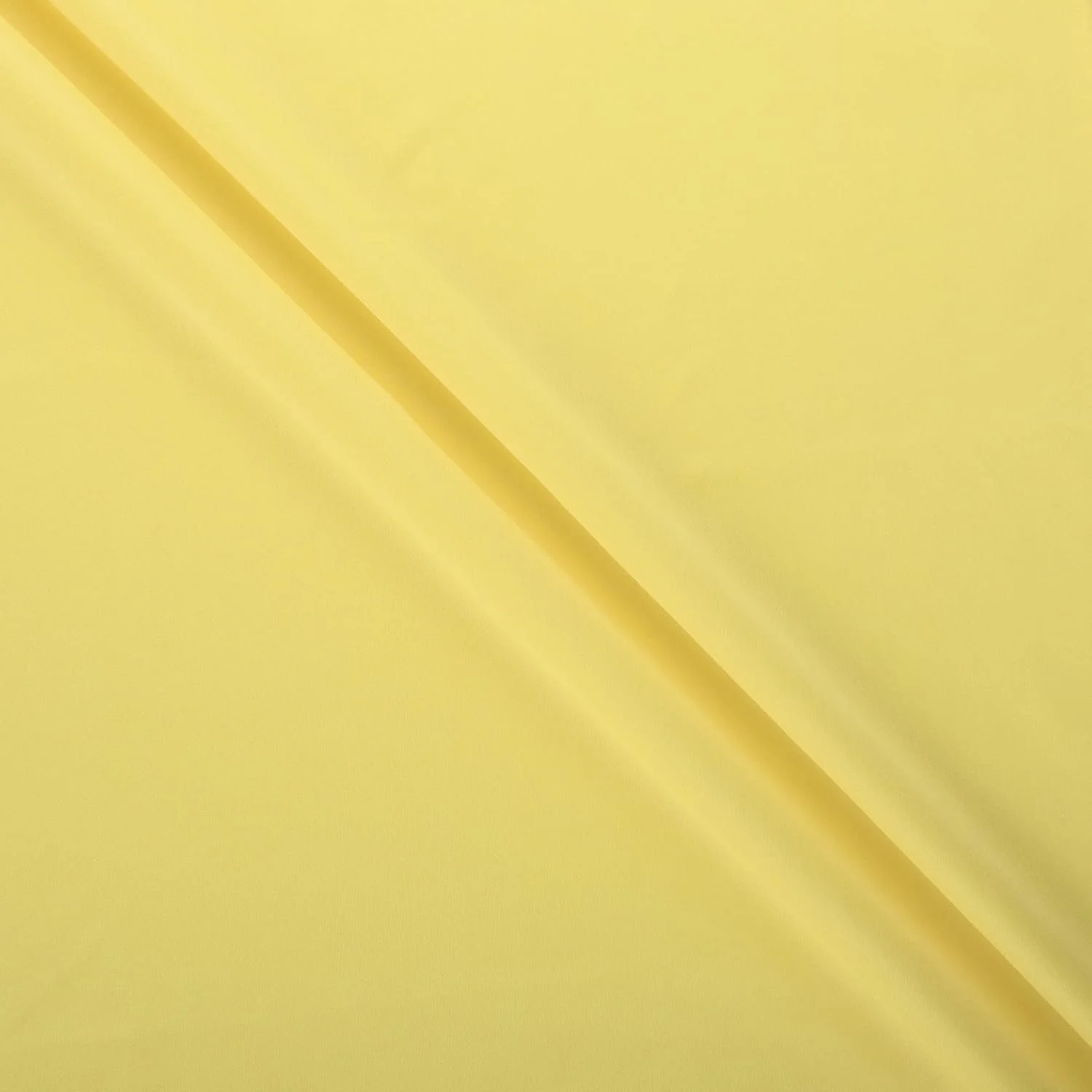Everything You Need to Know About PUL Fabric: Tips, Tricks, and Inspiration
If you’re venturing into the world of sewing waterproof wonders, you’ve probably encountered the fabric superstar known as PUL (Polyester/Polyurethane Laminated fabric). This mighty material is the unsung hero behind leakproof, wipeable, and washable creations—and today, we’re diving into everything you need to know to make the most of it. Let’s unravel the magic of PUL!
What is PUL Fabric? 💅
PUL is a knit fabric that has been laminated with a thin layer of polyurethane to make it waterproof while keeping it flexible and breathable. Thanks to its durability and versatility, PUL is often used in making:
Cloth diapers 🥴
Wet bags for swimsuits or gym gear 🏊
Reusable sandwich wraps and snack bags 🍅
Tablecloths and bibs (say goodbye to spaghetti stains!) 🍲
Mattress protectors and more 🛏️
Tips for Sewing with PUL 🎨
Pick the Right Needle: Use a ballpoint or stretch needle (size 70/10 or 80/12). These needles glide through the knit without tearing the polyurethane layer.
Adjust Your Stitch Settings: Opt for longer stitches (3mm or more) to avoid perforating the fabric excessively.
Use Clips, Not Pins: Pins can leave permanent holes in the waterproof layer. Instead, use clips to hold pieces together.
Keep It Slippery: PUL’s laminated side can stick to your presser foot. A non-stick or walking foot can work wonders, or try placing tissue paper on top to reduce friction.
Low Heat Only: When pressing seams, keep the iron on the lowest setting or use a pressing cloth to avoid damaging the laminate.
Seal the Deal: If you’re sewing something that requires extra waterproofing, consider seam-sealing tape or a waterproofing spray for added protection.
FAQs About PUL Fabric ❓
Q: Can I machine wash and dry PUL? A: Absolutely! PUL is designed to handle frequent washes. Use a gentle detergent and low to medium heat when drying to maintain its waterproof properties.
Q: Does PUL come in different thicknesses? A: Yes, PUL typically ranges from lightweight to medium-weight. Choose a thickness based on your project—lighter weights for clothing and medium weights for bags or diapers.
Q: Is PUL food-safe? A: Some PUL fabrics are marketed as food-safe, but always verify the manufacturer’s specifications to ensure compliance.
Q: How do I store PUL? A: Roll, don’t fold! Folding can leave creases that may compromise the waterproof layer over time.
Inspiration Station: What to Make with PUL 🎓
On-the-Go Wet Bags: Keep swimsuits, gym clothes, or even toiletries contained and mess-free.
Reusable Snack Bags: Say goodbye to single-use plastic with custom-sized sandwich wraps or snack bags.
Kid-Proof Bibs and Placemats: Easy to wipe clean and perfect for messy eaters.
Rain Gear Accessories: From waterproof ponchos to bike seat covers, the possibilities are endless.
Bonus Tips: Level-Up Your PUL Projects 🌈
Double Down on Durability: Reinforce high-stress areas with an extra layer of stitching.
Play with Patterns: PUL comes in a variety of colors and prints. Let your creativity shine with bold and fun designs.
Personalize It: Add embroidery or appliqués on the non-laminated side to give your project a unique touch.
Mix and Match: Combine PUL with cotton or terry cloth for absorbent and waterproof hybrids.
Where to Shop
Shop on Amazon!
Shop Orange PUL Fabric Shop Pink PUL Fabric Shop Red PUL Fabric Shop Green PUL Fabric Shop Blue PUL Fabric Shop Purple PUL Fabric Shop Yellow PUL Fabric
PUL fabric is a game-changer for sustainable, reusable, and waterproof projects. With these tips and tricks, you’re ready to tackle your next PUL adventure—leak-free and full of style!
Disclosure: This post contains affiliate links. If you make a purchase through these links, I may earn a small commission at no extra cost to you. Thank you for supporting Sew Cute Patterns!






